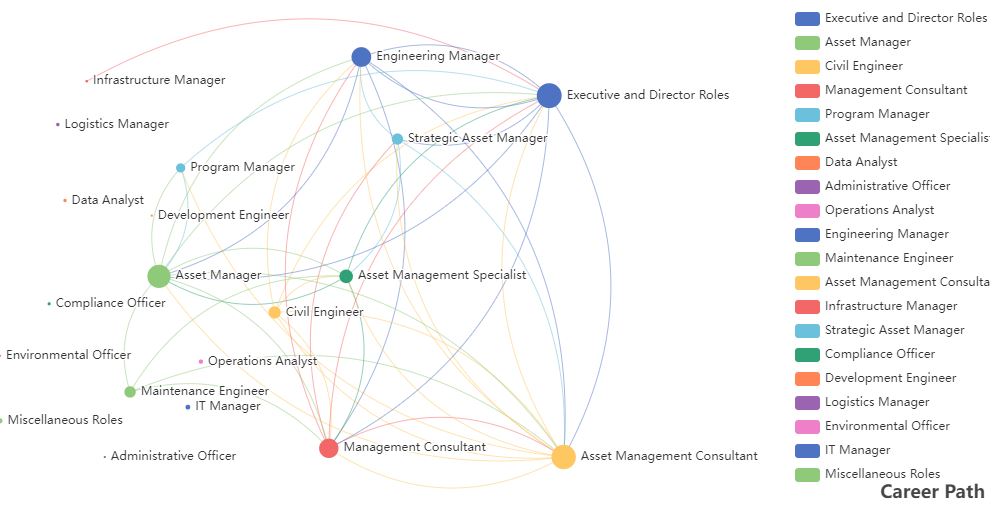Promoting understanding through developing a body of knowledge in asset management.

Asset Management Body of Knowledge
The Asset Management Council has been instrumental in the development of an Asset Management Body of Knowledge (AMBoK) in Australia.
AMBoK
The AMBoK provides a framework in which to address the ever-changing landscape in which we operate with a scientific, evidence-based approach to risk assessment that underpins decision making.
The AMBoK represents a set of standard models, terminology, and guidelines (a body of knowledge) specifically for asset management.
The AMBoK continues to develop over time with the input of membership, contributing on a voluntary basis. Their collective insights, knowledge, and willingness to share makes AMBoK accessible to members of the Asset Management Council and the broader asset management community.
Benefits of Asset Management
The benefits of asset management are numerous: more predictable and sustainable cash flows; the final outcome of the profit and loss; the value of the assets on the balance sheet; and the ability to both support an expected share price and achieve market share. These benefits are being increasingly recognised by business and government alike, and are supported by a number of factors, including the publication of numerous state and national government reports into the management of critical community and public assets; and the development and publication of an international standard on asset management (the ISO 55000X suite was published in January 2014).
The realisation that asset management contributes directly and indirectly to a number of important factors means that a common asset management language for better communication within organisations and across industries is increasingly considered by top management to be more important than ever.
The Asset Management Council is committed to advancing the asset management knowledge and capability of both its members and stakeholders, and as such, it has brought together some of the best technical asset management professionals within Australia in the form of the Asset Management Body of Knowledge (AMBoK).
Asset Management Definition
The AM Council defines asset management as ‘The life cycle management of physical assets to achieve the stated outputs of the enterprise’.
Asset Management Principles
Asset management is founded on a set of principles. If any one of these principles is missing from the management of assets, the organisation will likely see a reduction in the value that its’ assets provide. The principles should directly influence an organisation’s asset management systems and plans and include:
Output Focus, Capabilities, Level Assurance, and Learning Organisation.
Asset Management Models
The AM Council has developed several models that illustrate conceptually the key fundamentals and framework for asset management.
| Asset Management Concept Model | Conceptually presents the basis of successful asset management. |
| Asset Management System Model | Illustrates the key components of an asset management system and how they inter-relate. |
| Organisational System Model | Depicts the typical components of an organisation’s management system and how they integrate. |
| Capability Delivery Model | Schematically presents processes, within a number of disciplines, that may be used in part or entirety, to deliver successful asset management. |
| Maturity Model | Conveys the extent to which leadership, culture, human performance and the asset management system are integrated into the whole organisation, while contributing to its success. |
Asset Management Fundamentals
The AMBoK 000: Framework for Asset Management presents an intellectual framework and context through which asset management information can be developed and universally understood, whilst providing opportunities for both individuals and organisations to build their asset management capabilities.

